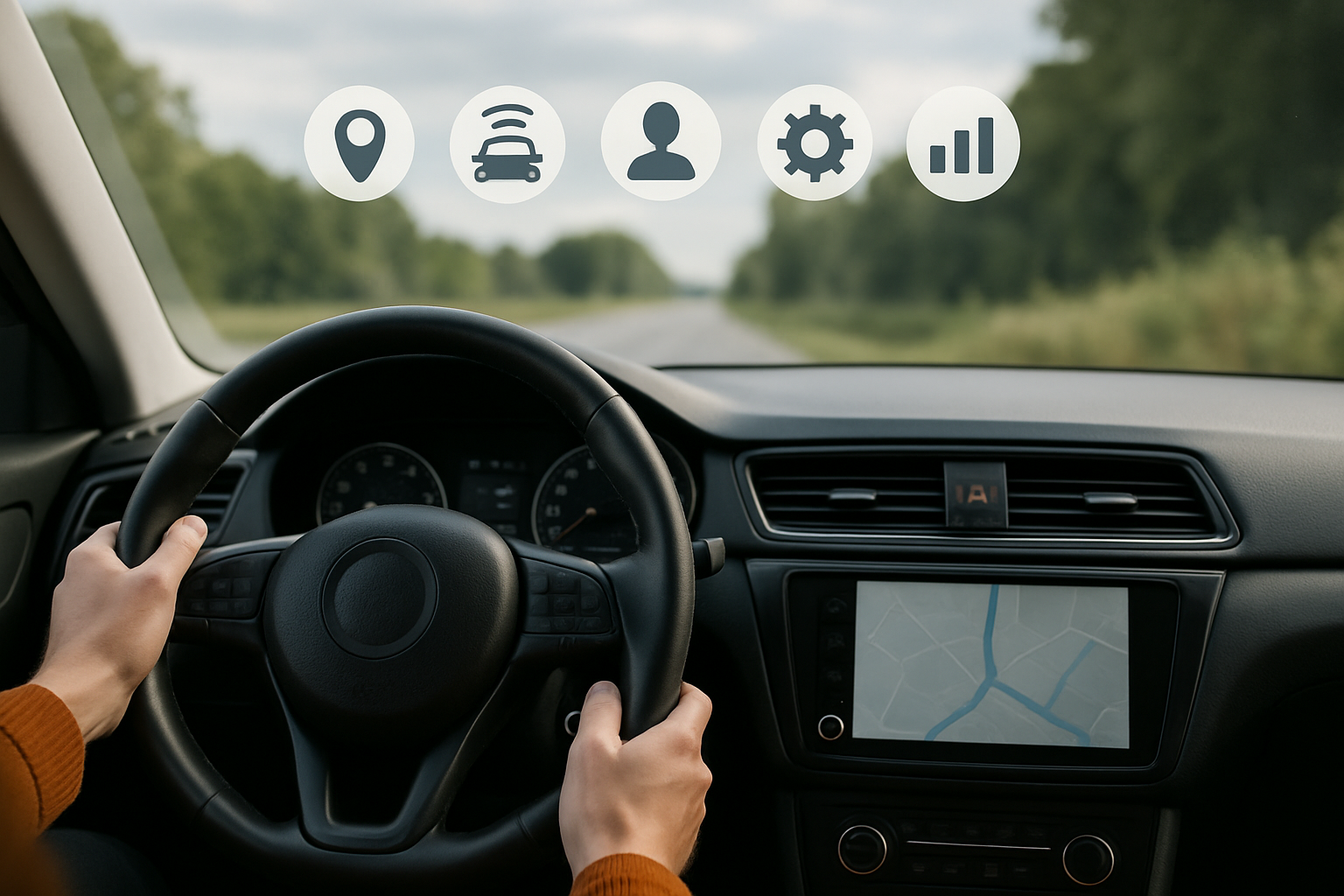Since its launch in 2019, 5G has proven far superior to the existing 4G network. Capable of transforming data faster and more efficiently with less latency and interference, 5G technology has the capacity to serve a greater number of connected devices and to have profound implications across almost every sector of society — bringing automation to industries including construction, financial services and healthcare, to name just a few.
One area we can expect to see transformed is the automotive and autonomous vehicle (AV) sector, as 5G enables automakers to create smarter vehicles that are better able to handle a vast array of new data and, as a result, a range of road conditions. BMW has already announced plans to launch the first premium vehicle to carry standard 5G wireless in 2021. Meanwhile, Volkswagen plans to begin constructing its own 5G mobile networks in Germany this year. All of those plans, of course, might change given the latest impact of the coronavirus on the industry’s sales and adoption rates.
As the auto industry’s 5G revolution begins, here’s how we can expect it to take shape:
New and improved data will enhance safety.
The greatest impact of 5G for automakers will be the number of rich, new datasets available to them with the potential to unlock powerful new use cases. There’s been much conversation about how in-vehicle entertainment will be revolutionized through 5G, but safety will always be the top priority — and 5G promises to help deliver it.
Take tactile data, which my business focuses on. It describes the ground conditions — including bumps, curvatures and potholes — that vehicles encounter on the road. Enabling vehicles, whether they’re fully or semi-autonomous, to collect data on such conditions will improve their safety and efficiency on varying road conditions. With 5G, vehicles will be able to access both tactile and visual data, creating a more complete picture of the road for a safer drive.
5G will also facilitate the efficient transmission of weather data, helping vehicles respond appropriately to inclement conditions. How a vehicle handles those road conditions, of course, hinges on its unique specifications such as braking ability, vehicle weight or tire tread depth. Vehicles will be able to process this data faster and thereby drive according to their unique attributes, particularly when responding to tactile- and weather-related hazards.
5G will also allow vehicles to share data on how they respond in such scenarios with others of similar makes and models. In creating a “collective brain” of shared experiences, they will be able to learn from one another, informing their decision-making in future scenarios.
The edge will be the bridge.
Edge computing has been transformational for the AV industry. As there is limited room to store data on vehicle computers but also no efficient or economically viable way to transmit it between the cloud and the vehicle, processing data at the edge is essential. Having powerful yet efficient data processing will make it possible for cars to utilize datasets even in areas with limited broadband connectivity.
This will continue to be important both before and after the mass rollout of 5G. Though 5G will reduce latency in data transmission, edge computing will deliver even faster transmission, thereby maximizing its use. The global edge computing market is set for a combined annual growth rate of 32.8% from 2018-2025, and emerging 5G networks are a major factor presenting growth opportunities.
5G is central to offering automakers broader and faster access to more diverse data, but during the transition to this digital infrastructure — and following its completion — edge computing will be an efficient way for automakers to access and process diverse sets of data.
The greatest transformation could be in rural areas.
At its full deployment, 5G will enable automakers to tackle location-specific challenges presented by different geographies, particularly rural areas. However, there are challenges to its implementation outside of big cities.
Rural areas are where autonomous vehicles have the potential to make the biggest difference. A car is often the only practical mode of transportation for people who live miles away from their next-door neighbor or the closest grocery store or hospital, and autonomous driving services are especially opportune for elderly and disabled residents who are unable to drive. But implementing 5G in rural areas requires more infrastructure to overcome limitations in speed and bandwidth and is more expensive because it requires additional investment in fiber and microwave links.
Given the potential for 5G to transform people’s daily lives in remote areas, it is well worth tackling these challenges. The confluence of 5G and edge computing will be key to doing this in an economically viable way. By utilizing edge processing, tech companies and automakers can speed up the transmission of data. They can also consider ways to make their services available offline and transmit data when they have an internet connection.
Seize the opportunity to utilize 5G.
With the arrival of 5G, automakers will be presented with new opportunities to tackle some of the biggest issues currently facing automated driving, including how to drive safely in inclement weather conditions and how to leverage a vehicle’s unique specifications to optimize driving.
Automakers should embrace the journey to 5G and ensure they harness all available tools — especially increased access to diverse data — to maximize the new opportunities it will bring. Those who do so will benefit from safer, more efficient and reliable technology for their vehicles, with the potential to transform transportation globally.
Posted Originally at: forbes.com/sites/forbestechcouncil/2020/04/14/how-5g-will-transform-and-diversify-data-for-automakers/?sh=5789c5e54fc7




